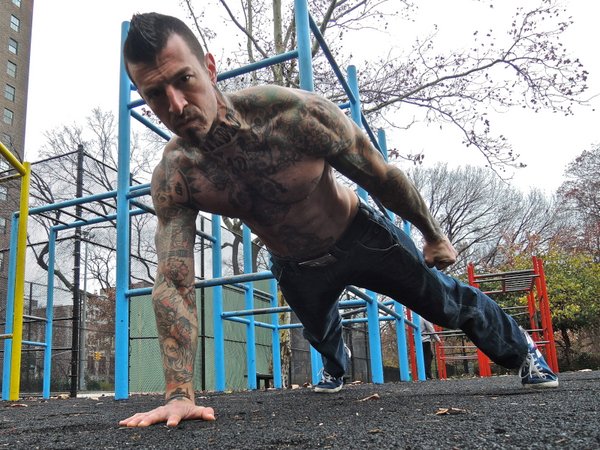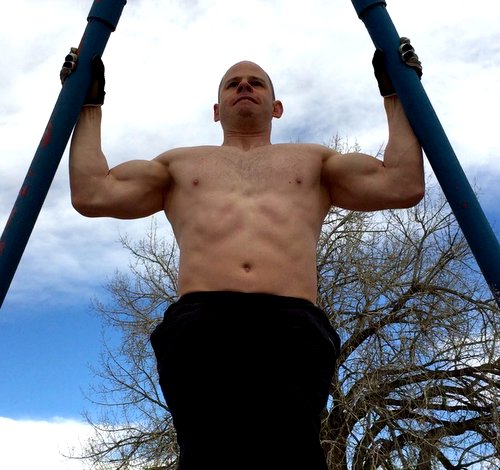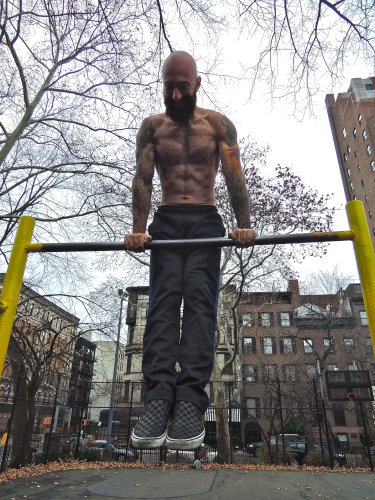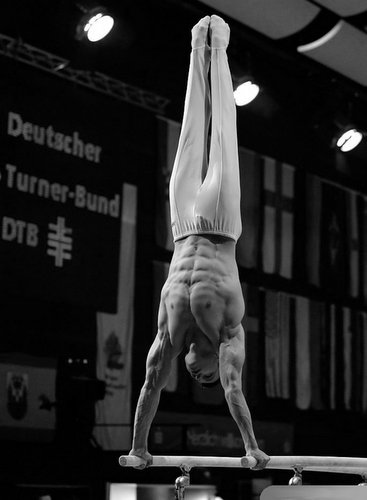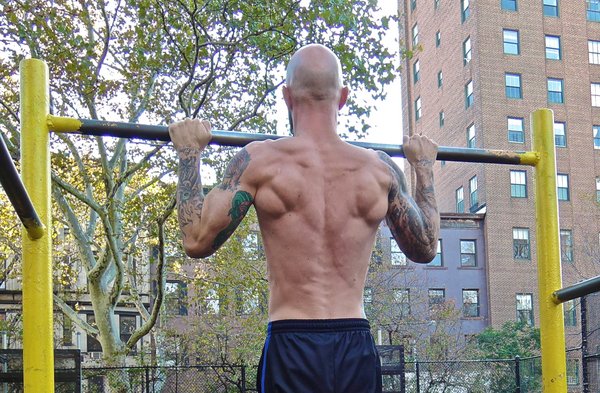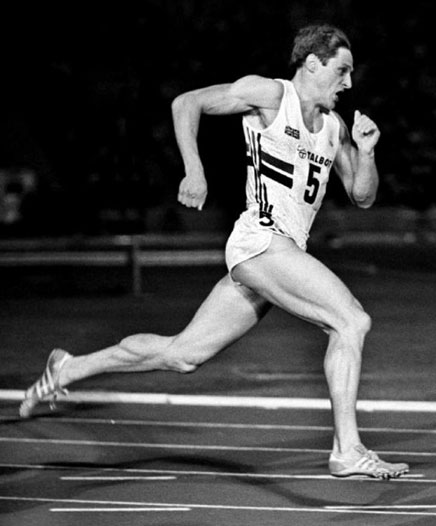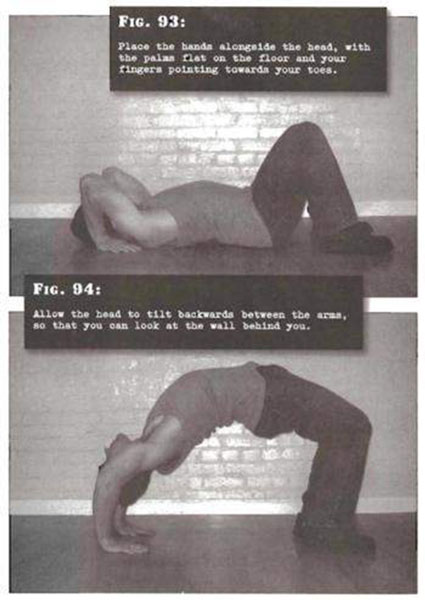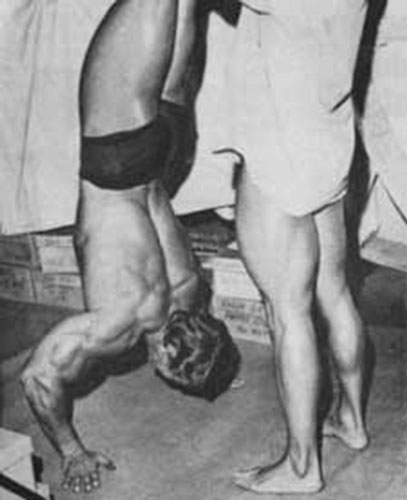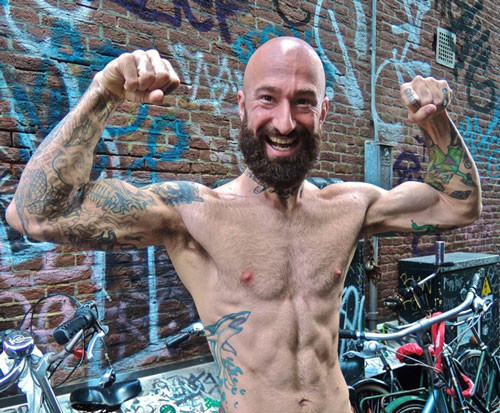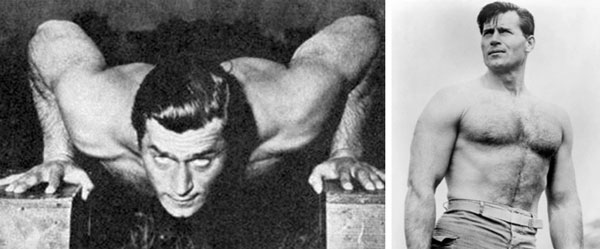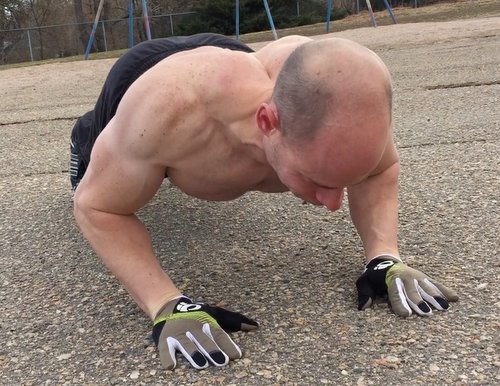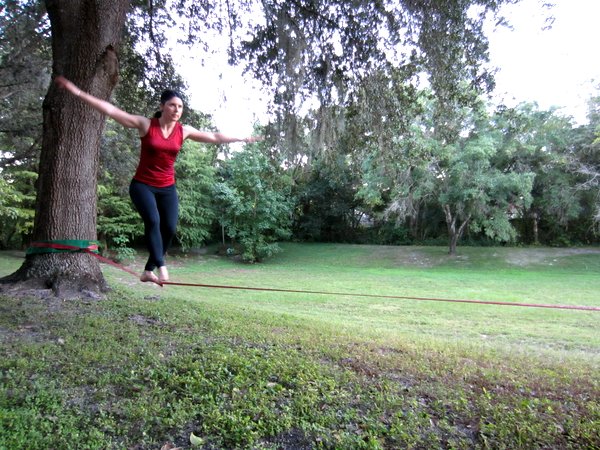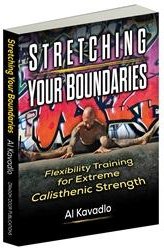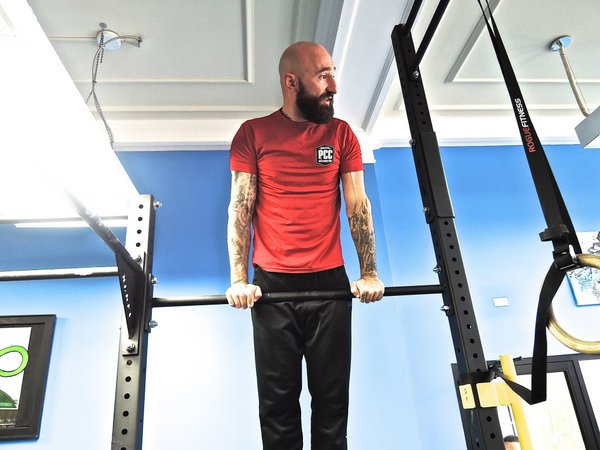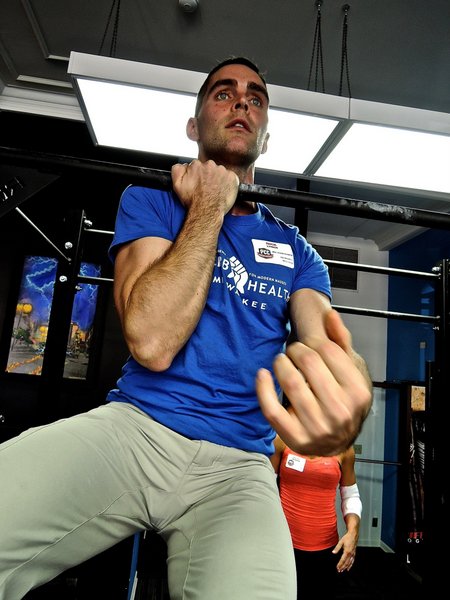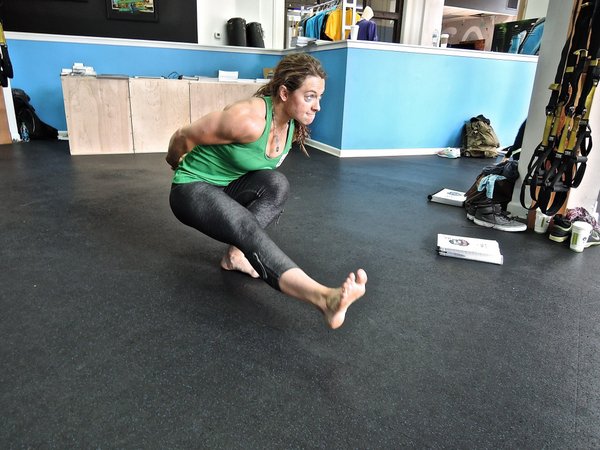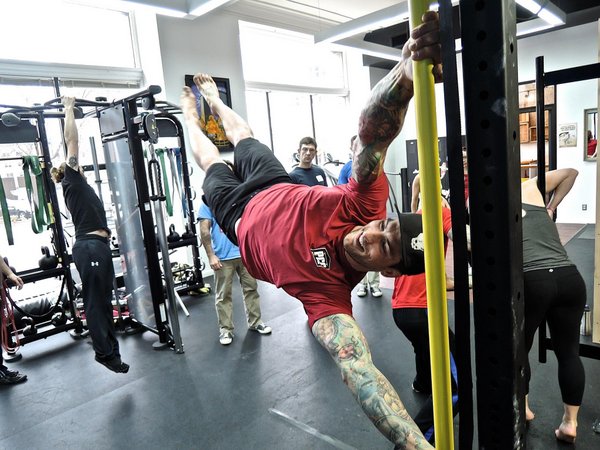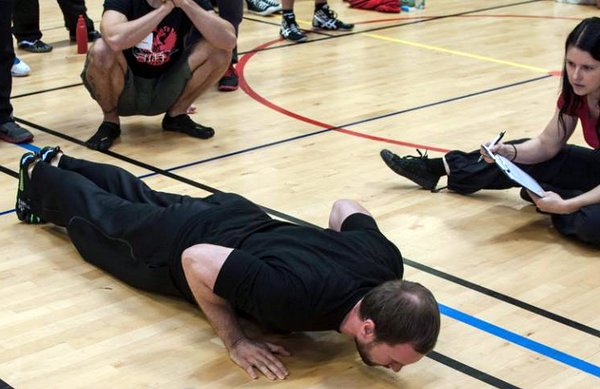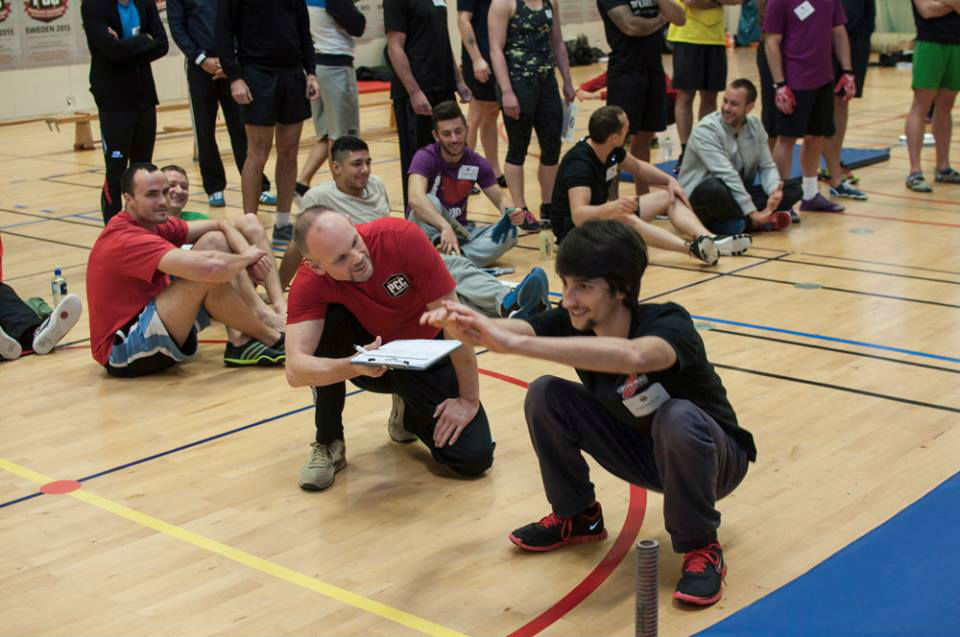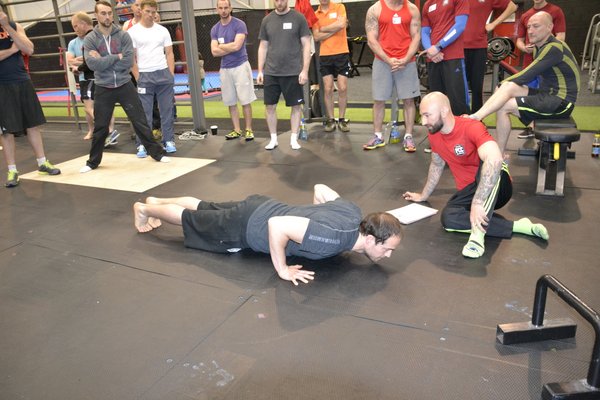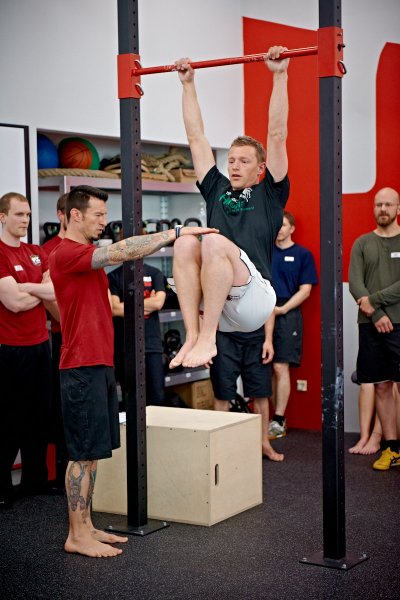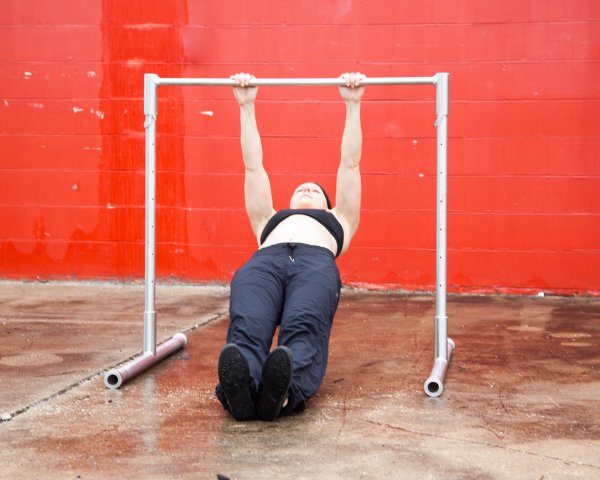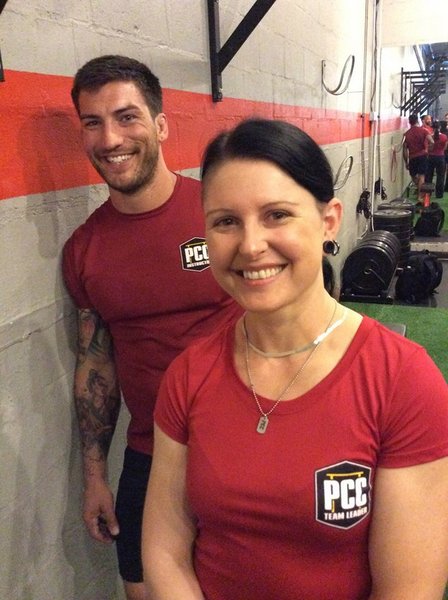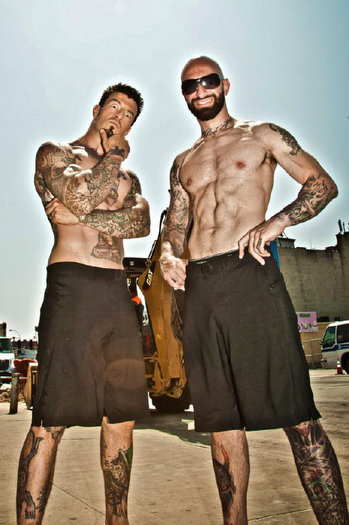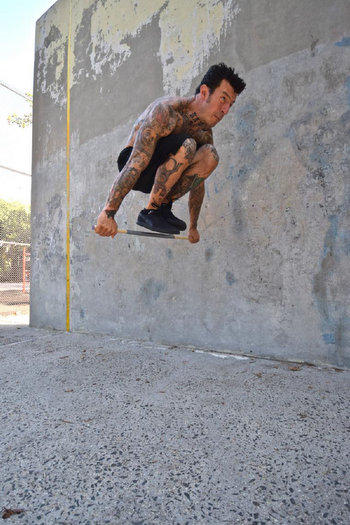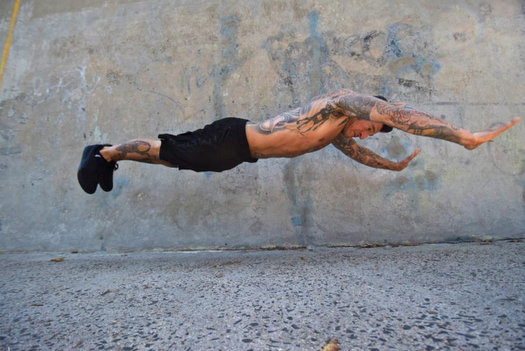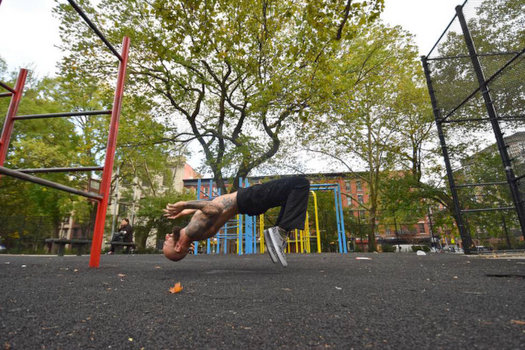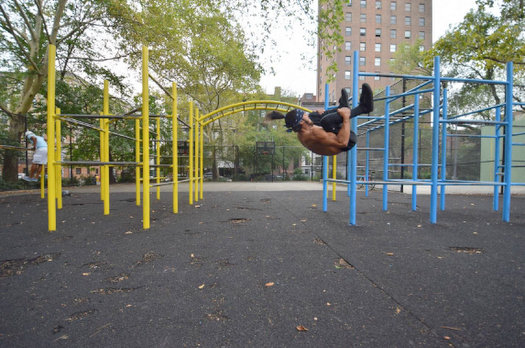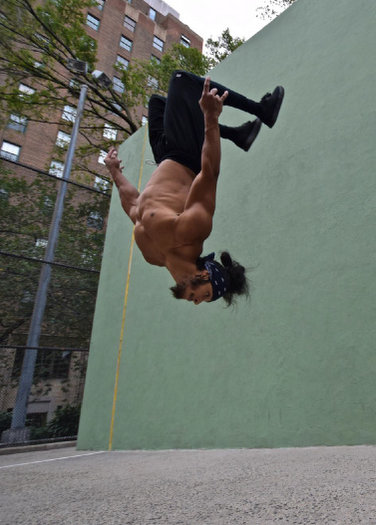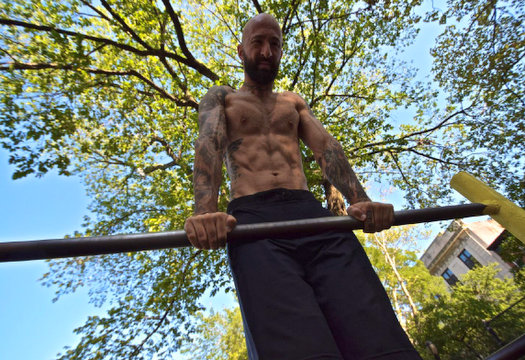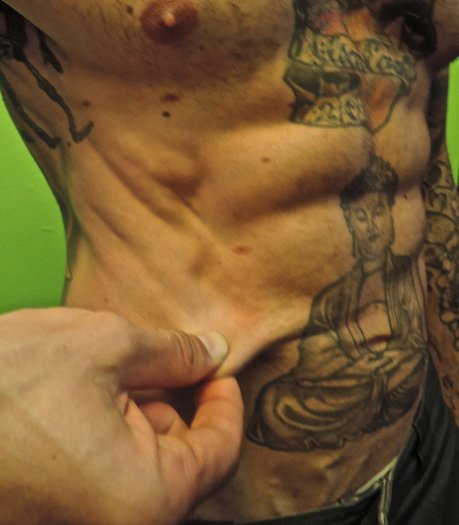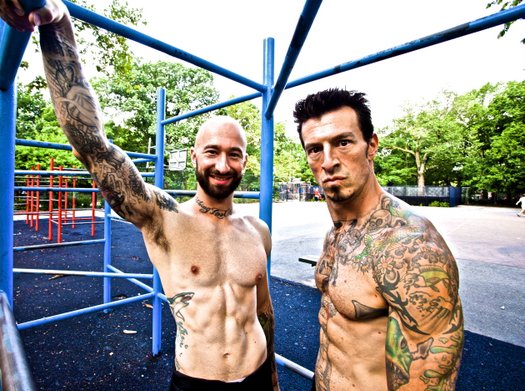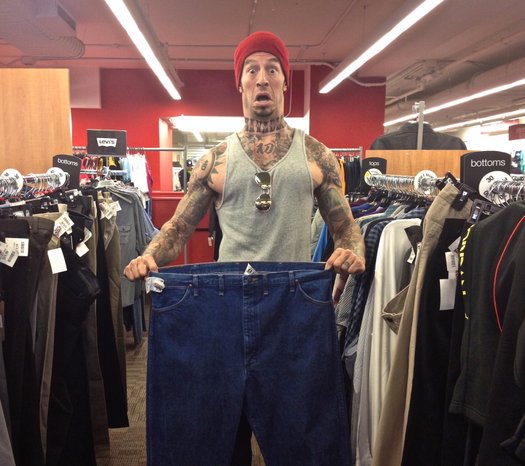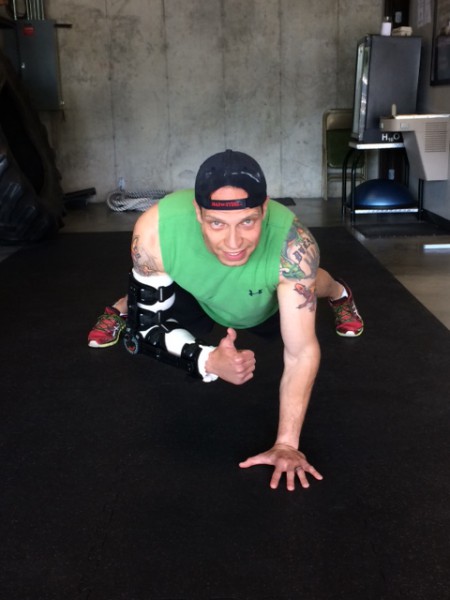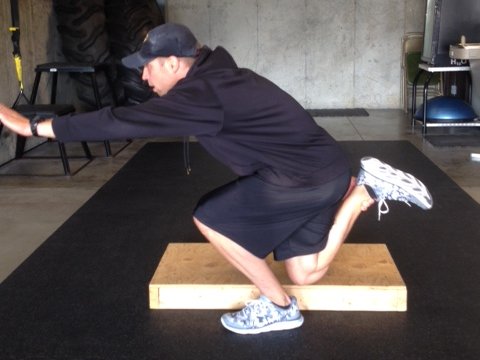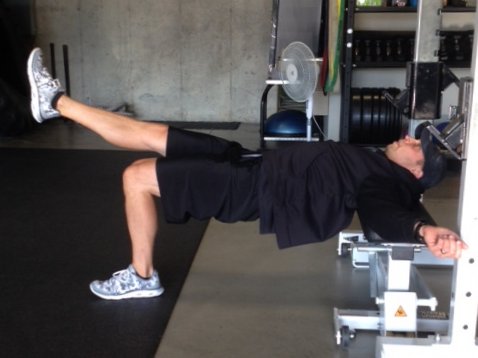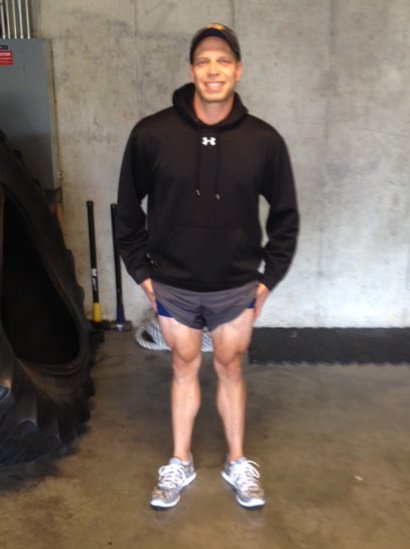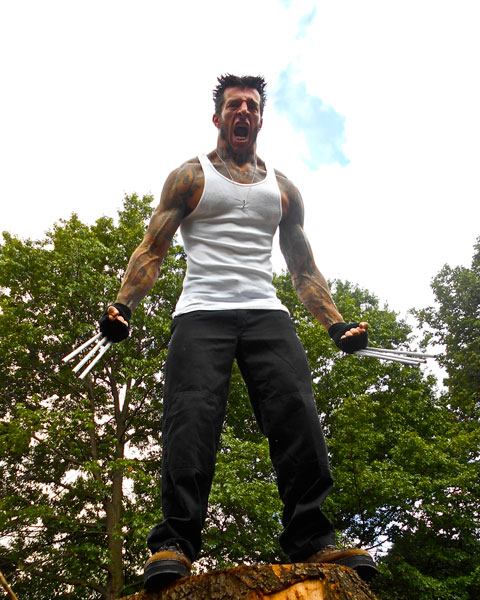
Wouldn’t it be great if we all had healing powers? Think about it. If the perils of injury were non-existent? If the chances of maiming, straining or spraining any particular body part were a work of fiction, best suited for the comic books? What if the words “pain” and “gain” were not so frequently associated?
Marvel at a universe where getting hurt is not a major concern.
Well here’s the thing, bub: It’s NOT a major concern. Not much of one anyway. Now before you start freaking out, try hearing me out. Yes I acknowledge that it is possible that one can get injured doing a pull-up (or lifting weights, running, jumping, or even walking down the street). But it’s also possible to get hurt while cleaning your garage, giving birth, or driving a car. You can even choke while eating an organic kale salad. Does that mean we shouldn’t do these things?
Despite what some say, I’m a true believer that the chances of getting injured if you work out are much lower than if you don’t work out. Makes sense, right?
We are constantly subjected to fear-mongering tactics perpetrated by the media, even (especially?) the fitness industry itself. That’s right, my people: Most of the commercial fitness industry does not actually want you to work out! That’s why there is equipment (abs machines for example) that’s built to isolate muscles that are not made to be isolated! Or why treadmills are designed to give the illusion of exertion (fat burning zone???) but not get you in shape.
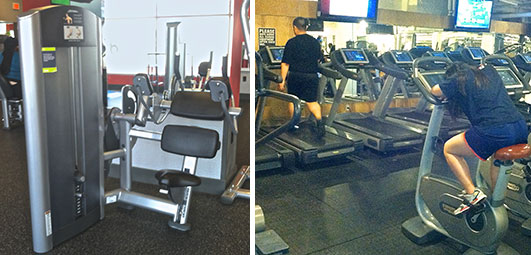
It’s also why gyms sign up new members every day but never get any more crowded week to week. They’d go out of business if all their members actually got results. Better to sign you up, feed you some bullshit and send you on your way. Thank you, DON’T come again.
The real deal is that people respond to fear. When it snows, the news tells you to go out and stock up on groceries and shovels or you’re gonna die an icy death. (Conversely when it’s hot out–and a slow news day–similar threats are made about the perils of heat.) For shame.

Ultimately, it’s the individual’s choice what to accept, inspiration or fear. The truth is that it’s very unlikely you will inflict bodily harm while calisthenics training. A plane can crash, but flying is still the safest way to travel. I’ve even fallen off my bicycle, but I still ride it every day. It’s still good for me. Don’t hate. Appreciate.
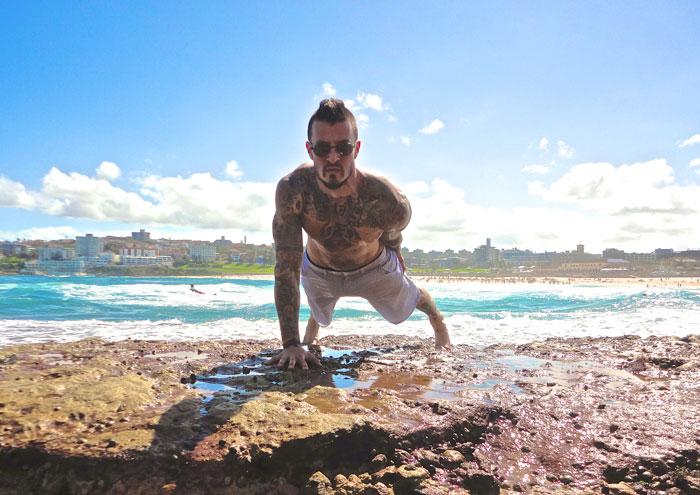
Sure, a day (or even a week) off can be a good thing. But you don’t necessarily have to plan for it or measure it with a slide rule. And you certainly don’t need to be afraid to work out intensely or frequently. Let your body, life and experience dictate. Simply put, if your legs are aching, then train your arms. Listen to your body. It’s wiser than you think.
We all need to recover at times; I’d never deny it. As far as healing goes, respect your level. Though I sometimes feel like I have an adamantium skeleton, I don’t. So when those moments arise when I need to back off, I do. No biggie. Common sense prevails yet again.

In fact, I’ve been practicing calisthenics for over 25 years and I’ve never suffered more than a few nicks and dings (mostly from bumping my head on the pull-up bar or other such carelessness). Some tendonitis is the worst injury I’ve ever gotten, which is relatively minor on the grand scale.
And if we do get injured, no we don’t have supernatural healing powers, so pay attention to what you’re experiencing. Embrace every moment with care. Be aware of what’s around you. These practices are helpful in all aspects of life, not just fitness. Living in the present goes a long way, my friends. Every body needs training!
Keep the dream alive,
-DK
***
Danny Kavadlo is one of the world’s foremost authorities on calisthenics, nutrition and personal training. He is the author of the Dragon Door titles Diamond-Cut Abs and Everybody Needs Training. Danny is known for his minimalist philosophy, simple approach and motivational talents.
A true in-person experience, Danny is a Master Instructor for Dragon Door’s Progressive Calisthenics Certification. He has been featured in the NY Times, TRAIN, Men’s Fitness and is a regular contributor to Bodybuilding.com. Learn more about Danny at www.DannyTheTrainer.com
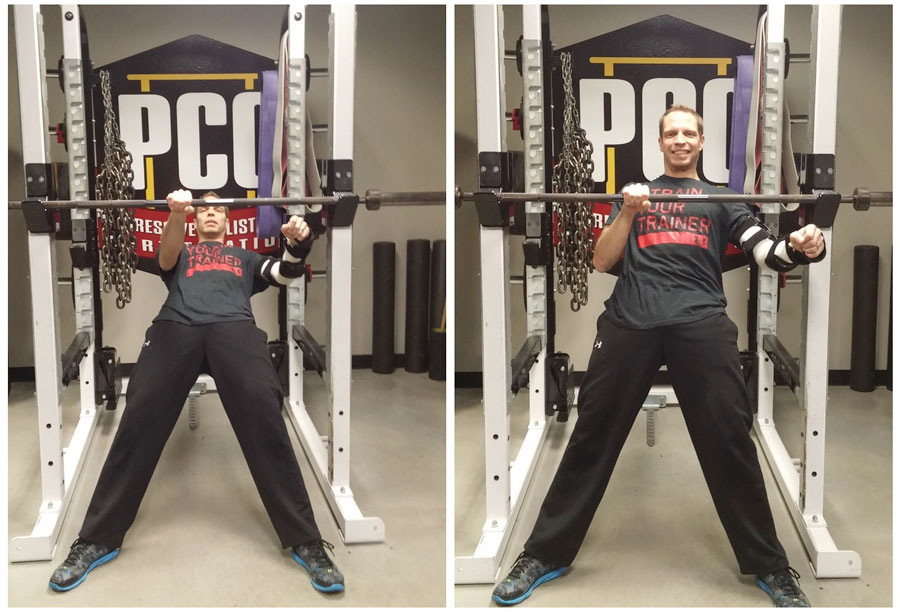
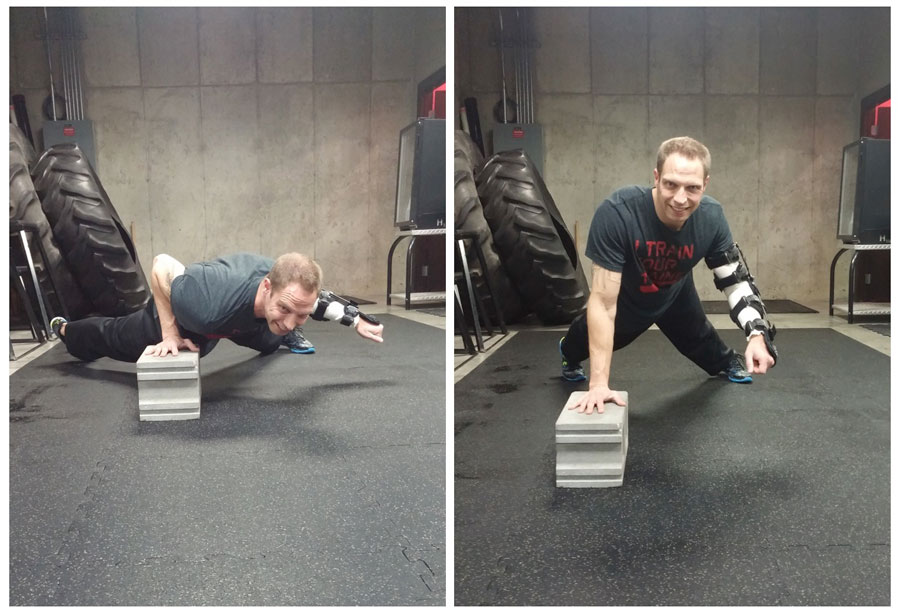

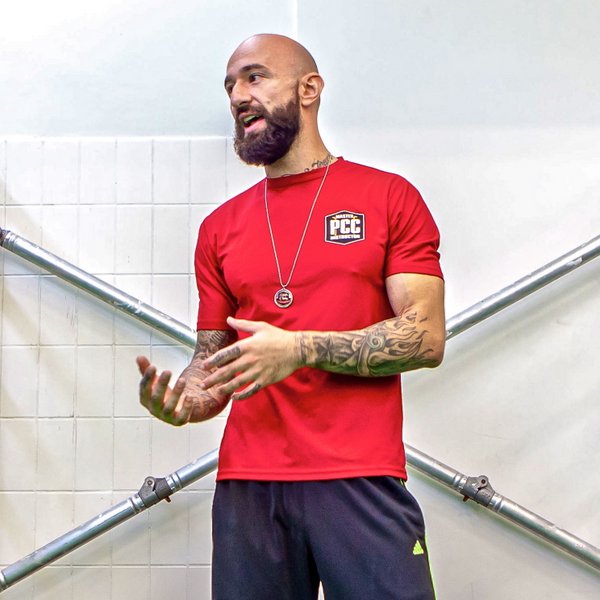
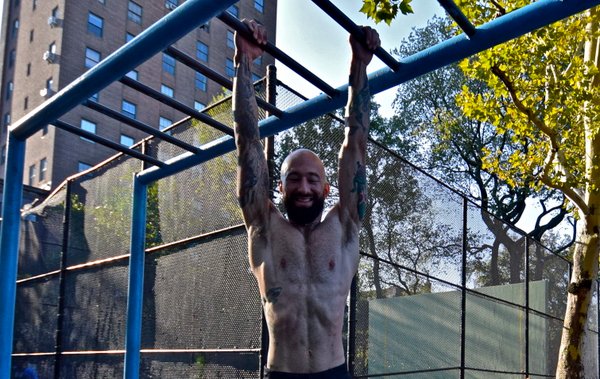
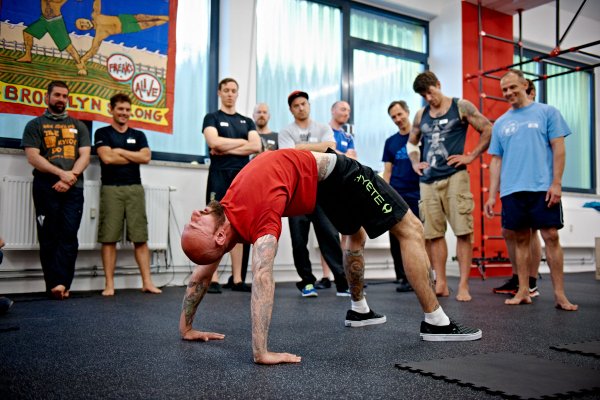
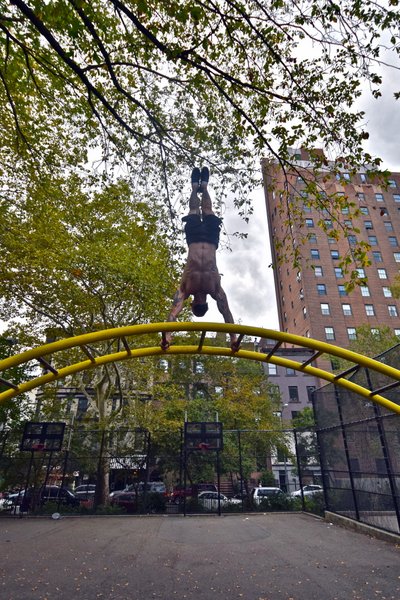
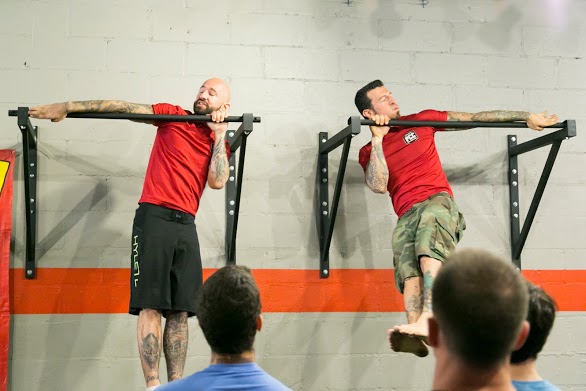
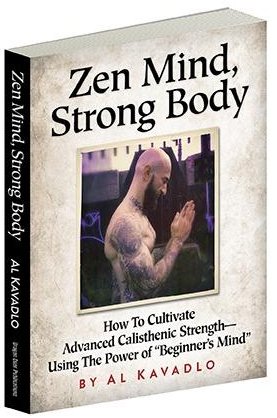 Now available from Dragon Door Publications:
Now available from Dragon Door Publications: